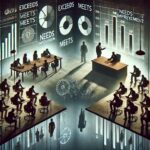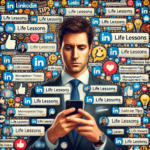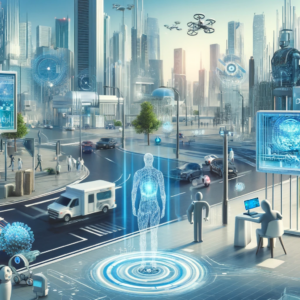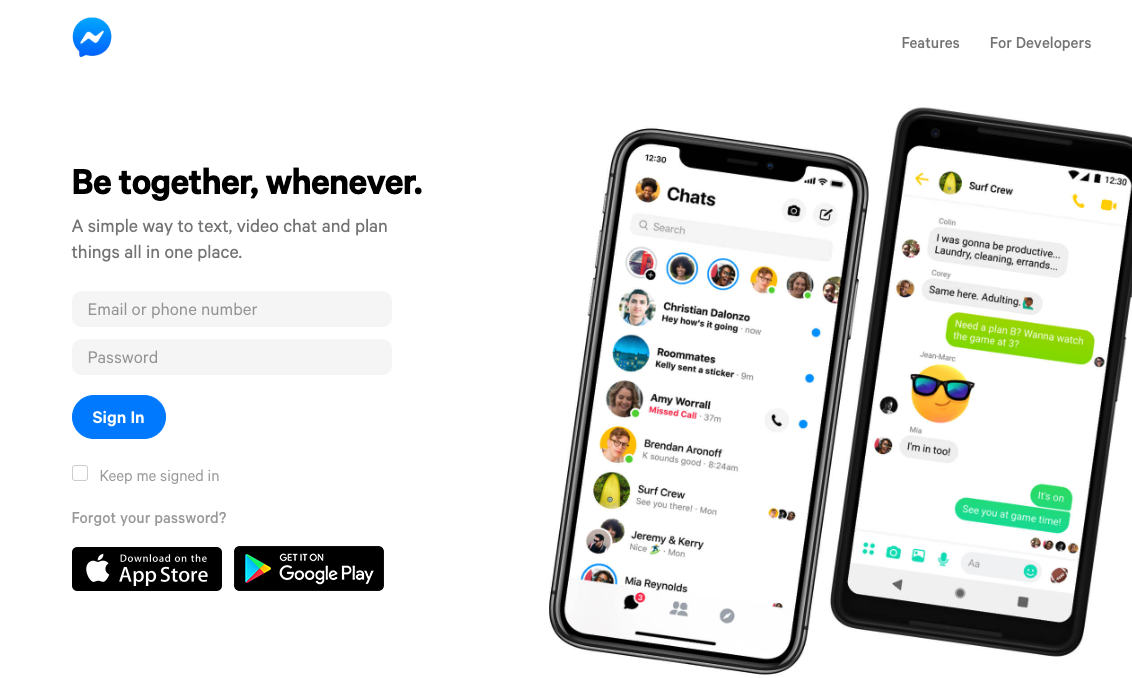
Introduction
Disclaimer: All the opinions here are my own and I am not calling out anyone in particular but sharing my observations. I am not a leader, teacher or influencer and nor do I want to become one - at least not like the ones on social media. I am happy to have a conversation on this topic or any other that I have skills and experience if anyone is interested
For almost everyone in the workforce, annual performance review time is an anxious time. This is the time when they find out what they did throughout the year was enough to get them a good comments, ratings, and a decent pay raise. Most people think that if they put sincere efforts and be diligent about their work, they should sail through the review and get a good ratings. It is a reasonable assumption because companies have spent a lot of money to hire consultants and come up with S.M.A.R.T goals with clear measurement criteria and thresholds to meet and exceed the goals. However, this is where they are the most wrong.
My experience
It is always a good idea to keep the goals in sight when discharging your daily duties. If employees veer off the goals and work on something other than the goals, they are certain to not meet the goals. As a practice, I always used to have a table built of my goals for the year with criteria for meeting and exceeding my goals. This helped me create a plan on what projects and tasks I should be working on that will give me the best possibility of exceeding my goals. I also used to regularly review the job description for my role to ensure that all the projects and tasks that I am working on actually align with my job description. I also used to review my goals, job description, and my plan with my manager every quarter during our bi-weekly catch up meetings to ensure I am on track.
With this plan in hand, I have exceeded all my goals year after year but still received a "Meets the target" rating most of time. I was curious to understand what happened so I dived deeper in the actual evaluation criteria. It appears that there is a scope of influence, force multiplier, or something similar subjective metric applied to the goals. This metric does not take into account the actual effectiveness of the accomplishment, it just measures how big was the impact. As an example, one of my previous managers got a promotion for suggesting and implementing a productivity application in the business unit. I mean, yes that is commendable to implement and increase the adoption of the application across a business unit of over 2000 people, but did it really create a meaningful impact that it rose the revenue of the BU significantly?
What about identifying a bug in a vendor's product and collaborating with the vendor to develop a fix and implement it to all the implementations of product across the organization affecting thousands of customers and preventing a debilitating issue? Apparently, it is not important enough to warrant a promotion to my team member because it was not "visible" to the senior leadership.
Reality Check
The reality of the situation is that if you are well connected in the senior echelons of the company, you get recognized regardless of the quality and impact of your work. They said that there is meritocracy in private corporations. It might be true to some extent, but as the corporations and business units grow larger and larger, nepotism, favoritism, and other isms start taking root.
Plus there is another aspect of stack ranking which I will discuss next.
Ranking mechanism
Even though an employee has worked diligently throughout the year and has exceeded all the goals as prescribed by the organization, they are still not guaranteed a high ranking. This is where the stack ranking, relative ranking, comparative ranking, and whatever else it can be called comes in. In this mechanism, organizations assign a certain percentage to each rating - exceeds, meets, meets inconsistently, needs improvement. These are just example ones. I have seen others ratings as well like 1, 2, 3, 4 or A, B, C, D etc. The names are immaterial. What is important is that there is a fixed percentage assigned to each one and the managers are then forced to fit their employees into one of these.
There is again a subjective measure cloaked in an objective garb which is applied to the complexity of the job function at a macro level. I know it is impossible to manage the performance reviews for the entire organization and review every individuals job under a microscope. So in the end, the actual complexity and difficulty of the job are lost in the generic definitions. This is done to allow employees at the same job levels to be compared against each other and as the ratings are rolled up to higher managers, there are some adjustments to the rating that must be made to adhere to the percentages mentioned above.
The undesirables
That brings me to the topic of the discussion. The undesirables. Employees who fall under the lowest performance category are a target for pruning. Apparently some organizations have a target to facilitate a performance-based departure for a certain percentage of their employees. Generally, attrition is not a good thing when companies lose good people. But in this case, this attrition is planned and managed carefully.
To be fair, there are some employees who fall in this bucket for genuine performance reasons, some due to unfortunate circumstances beyond their control, but there are a few that forced into this category to meet the targets. There is of course coaching and performance improvement plans in place to help the employee(s) improve performance and there are a few people who come out of this phase and turn their performance around working closely with their manager(s). But it is ironic that if due to effective coaching and performance improvement, the manager is able to turn the employee's performance around and make them a high performing employee, then the manager is actually penalized for not meeting the target. I don't know if this is right or not right, but I didn't sit well with me when I was a manager. I actually was in bad shape when I had to put my team members through the program. Happily, I was able to help them turn their performance around, but I paid the price.
My thoughts
Companies spend a lot of money to hire people and rightfully they expect a high performance from their employees. While not justifying low performance due to slacking, there could be genuine reasons why the employee's performance has dipped and the reason might be embarrassing for the employee that they cannot share it with the manager. Managers need to be aware of the signs and proactive reach out and talk to them and offer help. There are certain situations where the role fitment is not there, or the employee wants to do something different. There are options available for employees to explore other roles within the company if possible or if not, the manager can then facilitate a smooth exit, but it won't be based on performance.
In my opinion, it is cheaper to coach, mentor, and guide employees towards high performance rather than letting go of existing employees and hiring new to replace them.
Conclusion
This is strictly my opinion, but I feel companies miss a trick when they let go people to meet some targets rather than for genuine reasons. Of course, I am not an expert in HR practices or other departments, but I have faced these situations myself as a manager, I wanted to put my thoughts out. In my opinion, organizations can achieve better outcomes by prioritizing coaching and mentorship over rigid ranking systems. Investing in employees’ growth ultimately reduces attrition and builds a stronger workforce.











